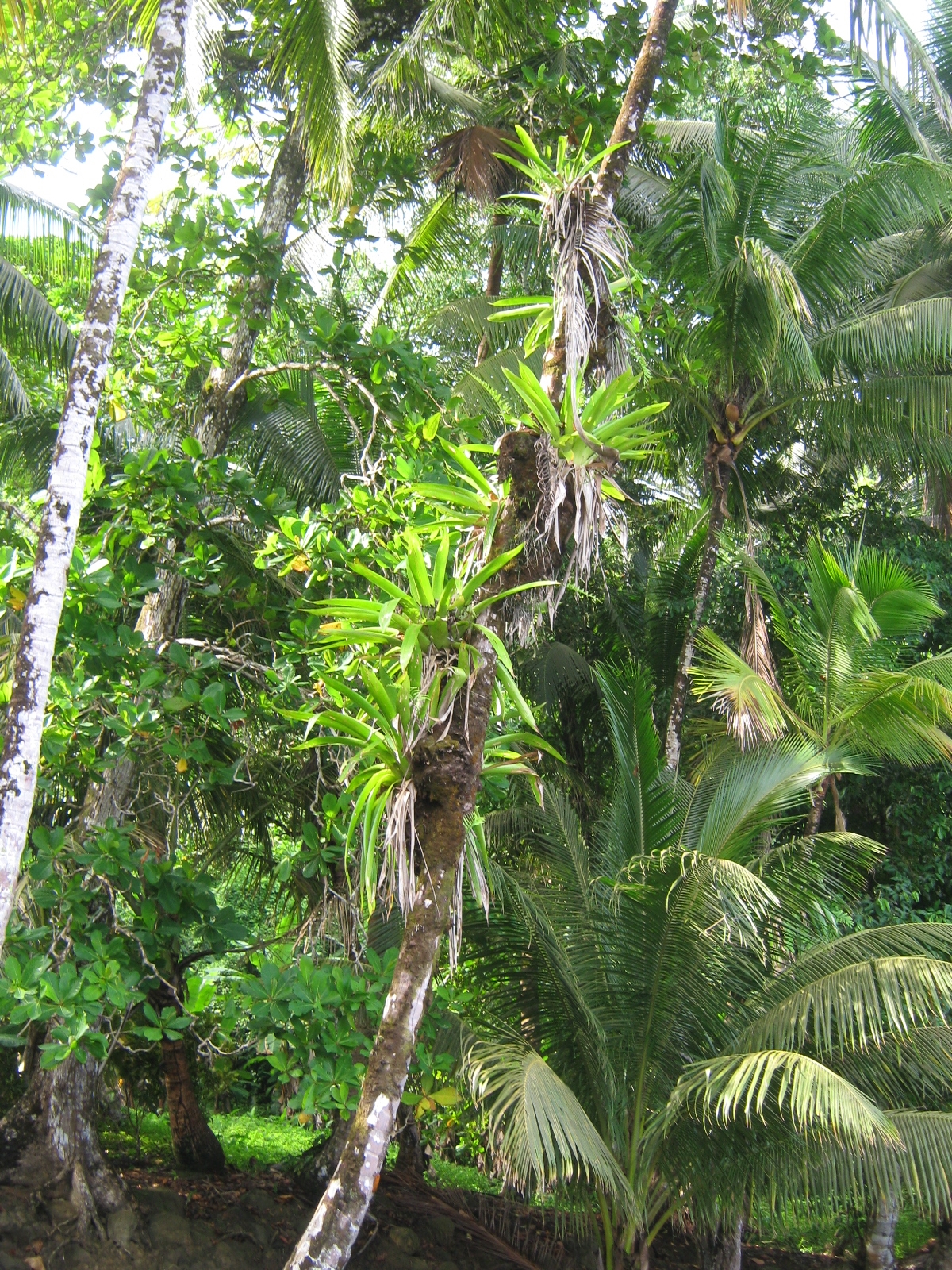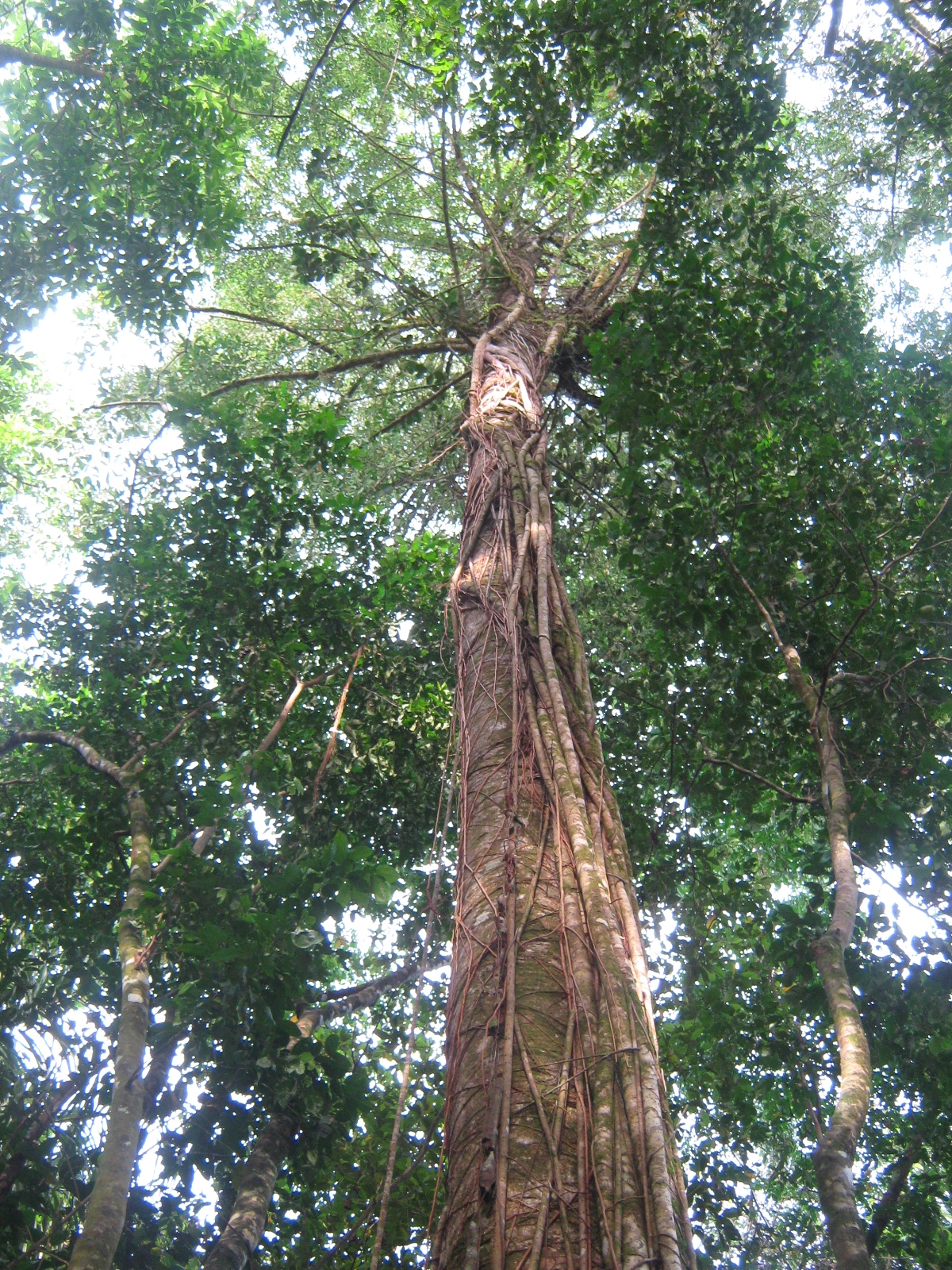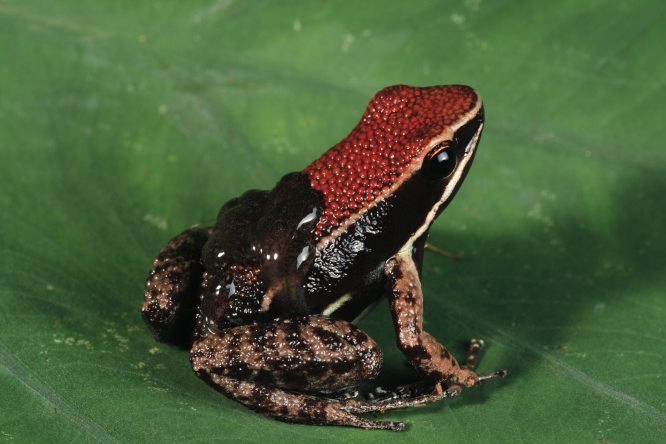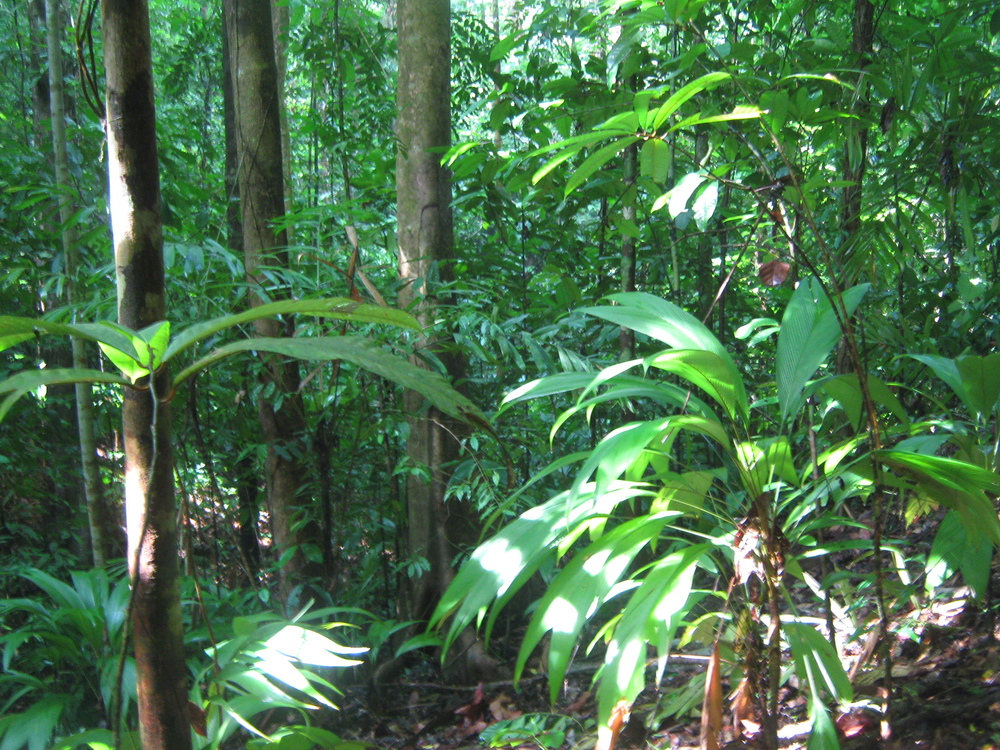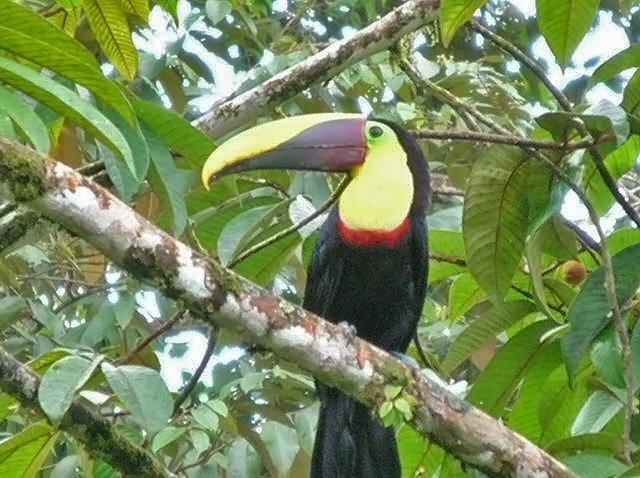Tropical and Subtropical Moist Broadleaf Forests
LOCATIONS
ECOLOGY POCKET GUIDE SUMMARY
Tropical and Subtropical Moist Broadleaf Forests are among the most biodiverse ecosystems on Earth, home to an astonishing array of plant and animal life. These lush forests, found near the equator, are defined by year-round warmth and high rainfall, creating an environment where life thrives in abundance and complexity. For designers, these forests offer inspiration for creating layered, multi-functional environments that are resilient, self-sustaining, and adaptable. The dense canopies and rich understory of these forests reveal the potential for vertical design that integrates natural cooling, shading, and water management. With species interactions that range from symbiotic relationships to competition for light and nutrients, these forests highlight the importance of designing spaces that balance growth, sustainability, and biodiversity. The tropical moist forests' ability to store carbon and regulate global climate makes them critical models for sustainability in architecture and urban planning.
ECOSYSTEM FRAMEWORK
Tropical and Subtropical Moist Broadleaf Forests
Abiotic Components: These forests are found in regions with warm temperatures year-round and high levels of rainfall, often exceeding 2000 mm annually. The climate is humid, with little seasonal variation in temperature, but distinct wet and dry seasons may occur in some areas. The soils are typically nutrient-poor due to heavy rainfall leaching nutrients, yet they support an incredible variety of life because of efficient nutrient cycling within the ecosystem. The constant moisture and warmth create ideal conditions for plant growth, but the challenge of nutrient availability shapes the plant and animal species found here.
Biotic Components: The flora in tropical moist broadleaf forests is characterized by tall, dense trees that form a closed canopy, often reaching 30-50 meters in height. Common species include mahogany, kapok, and various species of fig and palm. Beneath the canopy lies a rich understory of smaller trees, shrubs, ferns, and vines, along with epiphytes like orchids and bromeliads. Fauna includes a wide variety of mammals (such as primates, jaguars, and bats), birds (parrots, toucans), reptiles, amphibians, and countless insect species. These forests are hotspots for biodiversity, supporting more species than almost any other terrestrial ecosystem.
Trophic Structure: The food web in these forests is highly complex, with primary producers (trees, shrubs, and ground plants) supporting herbivores like monkeys, insects, and birds. Carnivores, including large cats such as jaguars and smaller predators like snakes and birds of prey, maintain the balance by controlling herbivore populations. Decomposers, including fungi, bacteria, and invertebrates, play a critical role in breaking down organic material, returning nutrients to the soil in a system where rapid growth and decay occur simultaneously.
Nutrient Cycles: Nutrient cycling in tropical moist broadleaf forests is rapid due to the warm, moist conditions that favor decomposition. Nutrients are quickly taken up by the dense vegetation, leaving little in the soil. The constant turnover of leaves, fruit, and dead plant material ensures that nutrients are rapidly recycled within the ecosystem. Fallen organic matter decomposes quickly, releasing nutrients back into the soil for uptake by plants. Epiphytes and vines take advantage of vertical space to access sunlight and nutrients, creating an intricate web of nutrient sharing across different layers of the forest.
Interactions: Species interactions in tropical moist broadleaf forests are diverse and often highly specialized. Many plants have developed mutualistic relationships with animals for pollination or seed dispersal—such as the figs and their fig wasps, or fruiting trees and primates. Competition for light is intense, with many plant species evolving fast-growing, tall structures to reach the sunlight. Predation, symbiosis, and parasitism are common, with every layer of the forest—from the canopy to the forest floor—serving as habitat for different species.
Adaptation and Resilience: The plants and animals of these forests have evolved a wide array of adaptations to cope with the challenges of high humidity, limited light in the understory, and competition for nutrients. Many tree species have buttressed roots to provide stability in the nutrient-poor soil. Epiphytes grow on other plants to access sunlight without rooting in the soil, while lianas (woody vines) climb trees to reach the canopy. Animals have adapted to life in the treetops, with species like monkeys and birds developing specialized limbs or wings for navigating the dense forest canopy. These adaptations highlight the importance of vertical integration and resource-efficient design in built environments.
System Boundaries and Scale: Tropical and subtropical moist broadleaf forests are found near the equator, primarily in Central and South America, Africa, Southeast Asia, and parts of the Pacific islands. The boundaries of these forests are shaped by rainfall and elevation, transitioning into dry forests or savannas in areas with less rainfall and into montane forests at higher altitudes. Covering vast areas of the Earth’s surface, these forests play a crucial role in regulating the global climate by sequestering carbon and maintaining biodiversity.
Additional Ecologically Integrated Design Considerations
Create niche diversity along the vertical axis by varying light and wind exposure and, subsequently, humidity to promote biodiversity
Leverage the highly generative yet highly degradative cycles of living matter - trade designing for permanence for for cycling in this ecosystem
Consider mimicking the effect of a fallen tree opening up the canopy bringing light to the forest floor - create the conditions conducive for new growth and activity
Promote corridors and ecological linkages with adjacent sites
REFERENCES
Whitmore, T. C. (1998). An Introduction to Tropical Rain Forests. Oxford University Press.
Richards, P. W. (1996). The Tropical Rain Forest: An Ecological Study. Cambridge University Press.
Leigh, E. G., Rand, A. S., & Windsor, D. M. (1982). The Ecology of a Tropical Forest: Seasonal Rhythms and Long-term Changes. Smithsonian Institution Press.
Malhi, Y., Gardner, T. A., Goldsmith, G. R., Silman, M. R., & Zelazowski, P. (2014). Tropical Forests in the Anthropocene. Annual Review of Environment and Resources, 39, 125-159.
Corlett, R. T., & Primack, R. B. (2011). Tropical Rain Forests: An Ecological and Biogeographical Comparison. Wiley-Blackwell.



